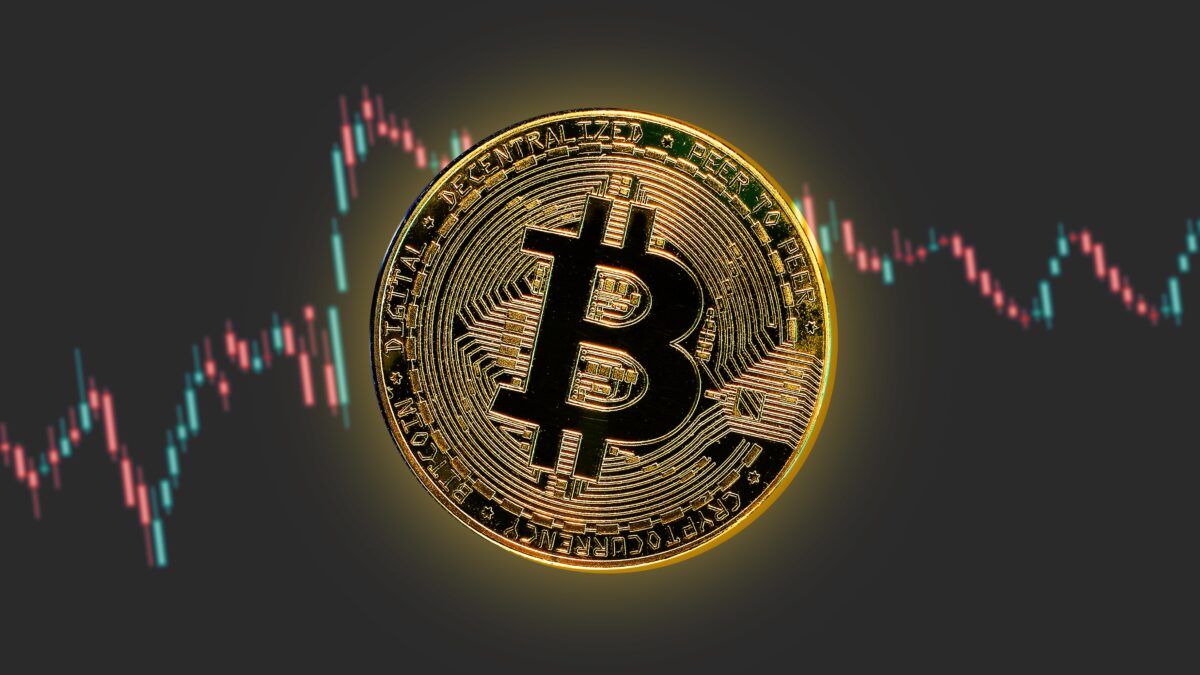There are plenty of questions regarding after-market order like, ‘What does after market order means?’
After-market orders refer to the buying and selling of securities outside of the standard trading hours of the stock exchange.
Key takeaways
- An after-market order refers to a stock trade executed outside regular trading hours, typically after the market has closed.
- After-market orders enable investors to promptly respond to news or financial reports that become available after regular market trading hours end.
These orders are placed after the market has closed and are executed once the market reopens. The purpose and key aspects of after-market orders include:
Extended trading opportunities: The primary purpose is to allow investors to trade beyond regular market hours. This is particularly useful for those who cannot trade during standard hours due to other commitments.
Response to news and events: After-market orders allow investors to react immediately to news or financial reports released after the market closes. Since many companies announce earnings reports and other significant information outside of regular trading hours, this facility is essential for investors looking to make prompt decisions based on the latest developments.
Price discovery: These orders can also help in price discovery. The after-hours market can provide an indication of how the market will react to new information, influencing the opening price on the next trading day.
Convenience and flexibility

As stated earlier, there is no lack of questions like ‘What does after market order means?’ Let’s gather additional information regarding the above-mentioned topic.
For investors in different time zones, after-market orders offer the convenience of trading at a time that suits them, increasing the flexibility of participating in the stock market.
Potential for gains: Investors may use after-market orders to capitalize on potential gains. If they anticipate that a stock will rise due to a positive development announced after hours, they can place an order to buy the stock after the market closes.
Risk management: After-market orders can be used as a risk management tool, allowing investors to adjust their positions in response to events occurring after the market closes.
However, it’s important to note that after-market trading has its risks:
Lower liquidity: After-market sessions typically have lower trading volumes, which can result in less liquidity and larger spreads between bid and ask prices.
Price volatility: The prices in the after-market can be more volatile compared to regular market hours, partly due to the lower volume of trades.
Limited participation: Not all stocks are available for trading in the after-market session, and not all brokerages offer after-market trading.
Information asymmetry: Sometimes, all market participants may not have access to the news or events causing price movements, leading to information asymmetry.
Investors should understand these factors and consider their risk tolerance and investment strategy before participating in after-market trading.
Impact of financial reports on after-market orders
The impact of financial reports on after-market orders is a complex and multi-faceted subject that intertwines the fields of finance, market psychology, and investor behavior. To understand this impact, it’s important to delve into several key areas:
Understanding financial reports

Financial reports, such as earnings releases, balance sheets, income statements, and cash flow statements, provide critical insights into a company’s financial health. These reports influence investor perceptions and, consequently, stock prices. They include:
Earnings per share (EPS): This indicates the profitability of a company and is a closely watched metric. A higher-than-expected EPS often leads to a positive market reaction, while a lower-than-expected EPS can trigger a sell-off.
Revenue and sales figures: These numbers show how well a company is doing in terms of sales. They are indicators of market demand and operational efficiency.
Guidance and future outlook: Companies often provide forecasts for future earnings and performance. Positive guidance can boost investor confidence, while negative guidance can lead to stock devaluation.
Special announcements: This could include information on new product launches, mergers and acquisitions, changes in leadership, or regulatory approvals.
Part two
When financial reports are released after the market closes, they can significantly impact after-market orders:
The immediate reaction to the news: After-market orders provide a platform for investors to react instantly to financial reports. Positive news can lead to a flurry of buy orders, while negative news can trigger selling.
Pricing adjustments: The after-market provides a period for price discovery. Stocks may be re-priced based on the new information, which can be very different from the closing price.
Volatility: The after-market tends to have less liquidity, which can amplify price movements. A significant report can lead to heightened volatility as traders place orders based on the new data.
Sentiment indicator: The after-market reaction can sometimes set the tone for the next trading day. A strong after-market response (either positive or negative) can be a harbinger of how the stock will perform when the market opens.
Strategic moves: Savvy investors may use after-market hours to position themselves advantageously before the broader market reacts. For instance, buying a stock after a positive earnings report in the hope of a price surge the next day.
Risks and considerations

Investors need to be cautious while trading based on financial reports in the after-market:
Limited liquidity: After-market trading is characterized by lower volumes, which can lead to significant price swings. This can be risky, especially for retail investors.
Information asymmetry: Not all investors have immediate access to financial reports or the ability to interpret them quickly and accurately. This can put some at a disadvantage.
Emotional trading: The immediate nature of after-market trading can sometimes lead to impulsive decisions driven by fear or excitement, rather than rational analysis.
Market sentiment: The overall market sentiment and macroeconomic conditions can influence how financial reports are received. For instance, during a market downturn, even good earnings reports might not lead to positive stock movement.
Strategic approaches
Investors and traders use different strategies when trading on financial reports in the after-market:
Buy the rumor, sell the news: This adage encapsulates a common strategy where traders may buy stocks ahead of anticipated positive reports and sell them after the report is released, regardless of its contents.
Short selling: If an investor anticipates negative news, they might short-sell a stock in the after-market, hoping to buy it back at a lower price.
Options trading: Some traders use options to speculate on or hedge against potential movements caused by financial reports.
Algorithmic trading: Institutional investors often use algorithms that can quickly analyze reports and execute trades in milliseconds.
In summary, the impact of financial reports on after-market orders is significant and multifaceted. While it offers an opportunity for investors to react to new information promptly, it also comes with increased risks and volatility.
Investors must approach after-market trading with a clear strategy, a thorough understanding of the market, and an awareness of the risks involved. As always, balancing the potential for quick gains against the possibility of sudden losses is crucial in making informed and prudent investment decisions.











COMMENTS